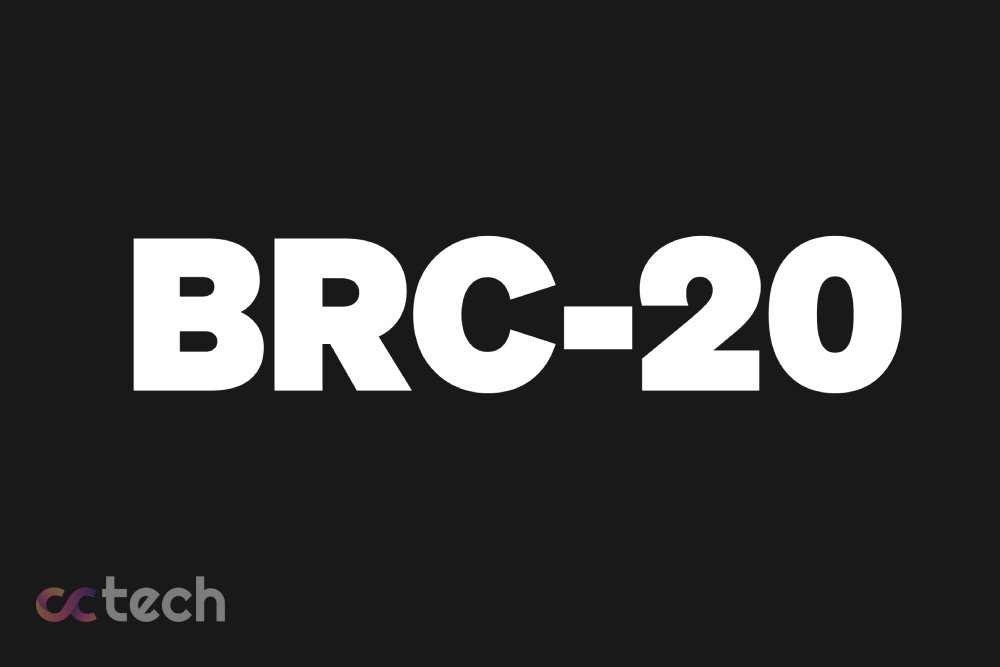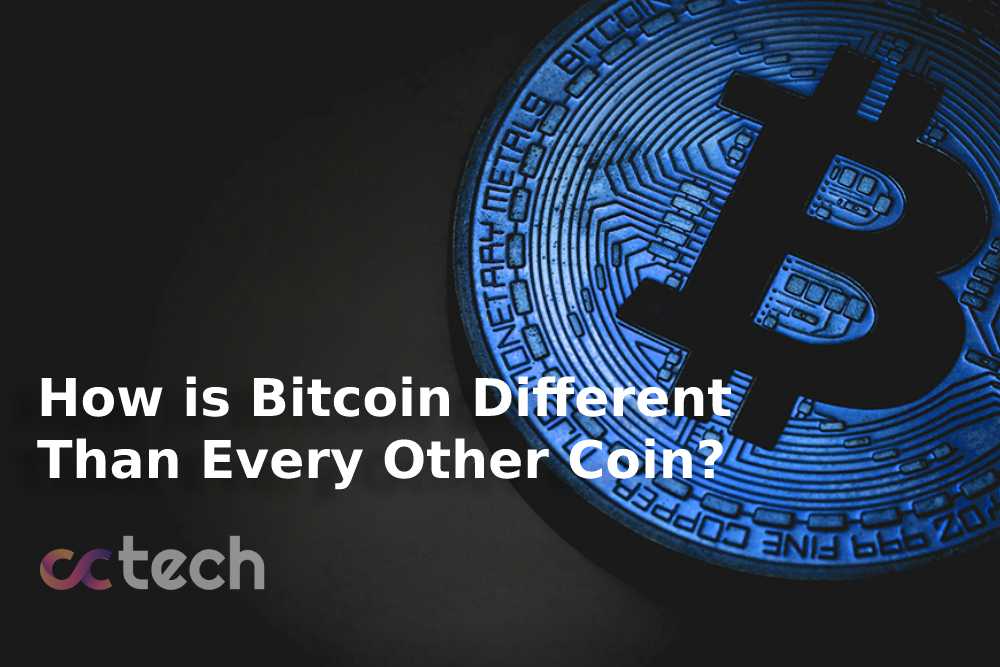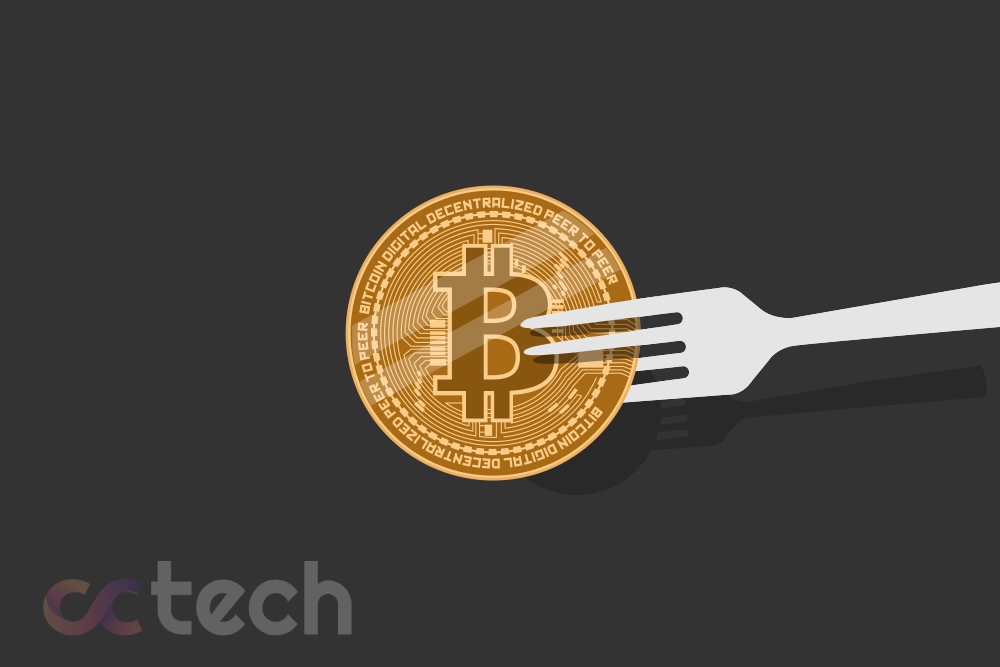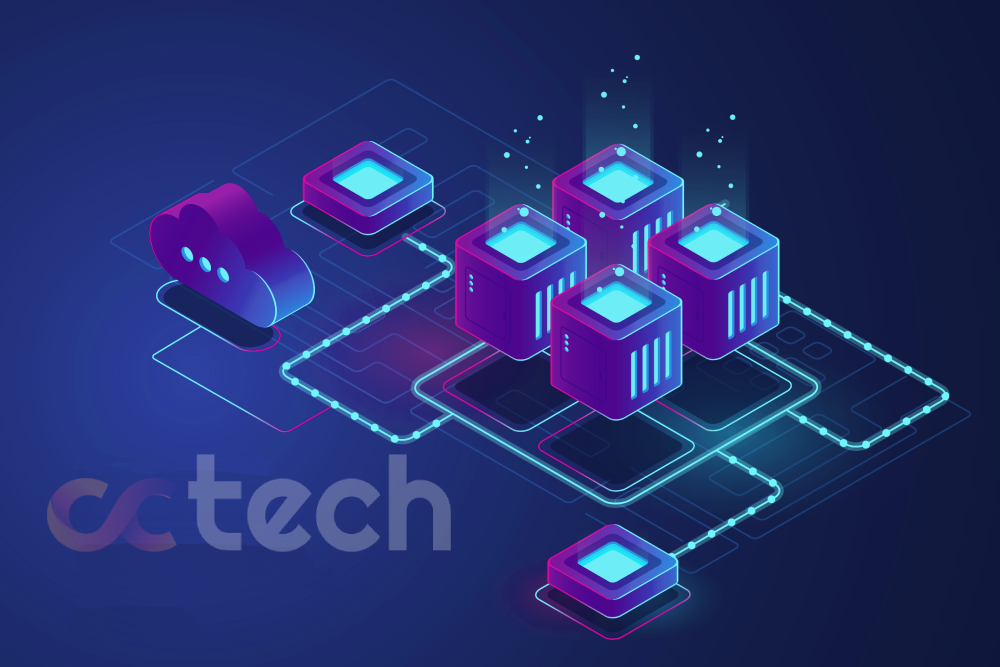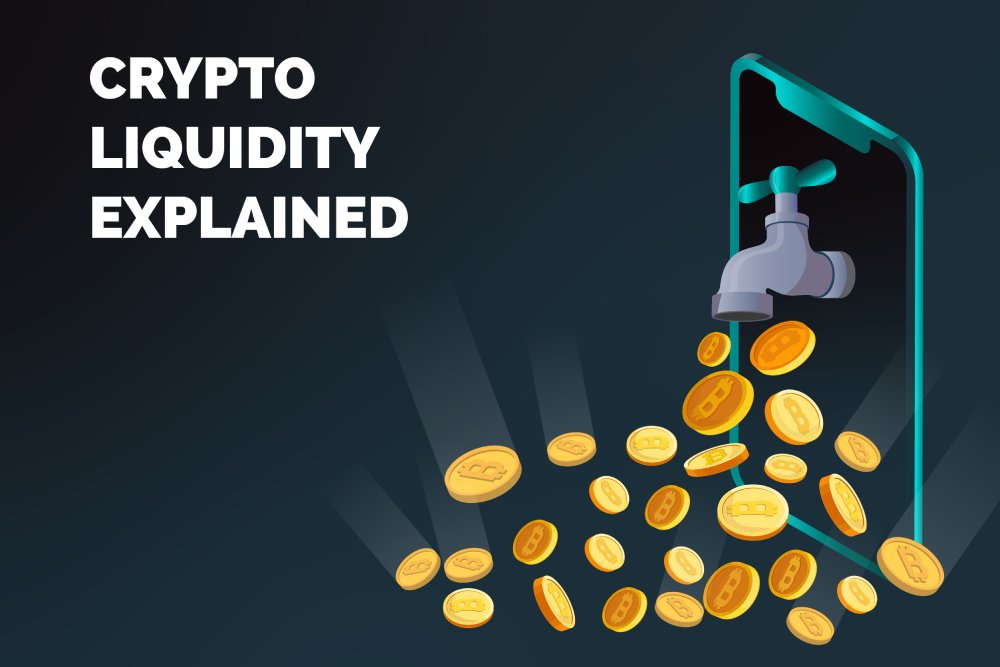
Cryptocurrencies came into existence on 09.01.2009 when the first block of the first virtual currency – Bitcoin – was calculated. However, cryptocurrency itself would never have become a reality if it were not for the possibility of implementing blockchain technology already at the current stage of the development of the Internet. It made it possible to put “in metal” the principle of preserving the absolute reliability of data without the involvement of the human factor.
For financial systems, this meant the possibility of the creation and existence of self-sustaining circuits – distributed networks – that are quite capable of existing without the participation of any subjective control institutions (which are, in particular, central banks and governments).
However, virtual monetary systems are only one area where blockchain technology has demonstrated its unique advantages. What is the main purpose of decentralizing blockchain platforms? Let’s review and analyze the pages of this article.
What is the decentralization of distributed networks?
What cryptocurrencies, what numerous payment platforms, what other services work with a large number of users and exchange responsibility as a universal value (a striking example is the crowdfunding service of the collective loan guarantee, which allows numerous users to put their own surety on the selected project in exchange for some part of the interest on the loan from the borrower), they all have one thing in common – work with a lot of data.
In general, there’s nothing wrong with that – the traditional banking system has been working with vast amounts of information for centuries, regularly cross-checking millions of numbers within its own accounting department, and thus ensuring no malfunctions and correctness in calculations. But at the same time, banking is one of the most regulated activities in all economies without exception. First of all, a bank means a license, regular inspections, and constant reports to numerous commissions which monitor the liquidity of credit institutions.
And all so that one can be sure that users’ funds are:
- properly accounted
- properly managed.
The unique benefits of decentralization The benefits of blockchain are not immediately apparent. But over time, they become apparent: The complete independence of any blockchain-based system from any outside control. Say, Bitcoin has long been a means of payment serving the drug trade.
There is a very weighty counterargument to this thesis: tell me, before the emergence of Bitcoin, drugs were not sold for dollars or rubles? Or maybe there wasn’t a black market for weapons and all sorts of smuggling? All of this existed and continues to exist. The problem with the presence and flourishing of the shadow (i.e., criminal) segment of the economy is not in the carriers of value (be they dollars, rubles, or Bitcoins), but in the propensity of citizens to engage in illegal businesses, and the state to effectively combat it. And if Bitcoins are to be blamed for drug trafficking, then let’s ban all money altogether. Blockchain technology makes it possible to create financial systems that are beyond the control of central banks and governments.
That is, it will be impossible to artificially devalue the national currency in one moment to please the interests of a certain part of society (but to the detriment of the majority). The rate of virtual money is determined by the interaction of supply and demand on the cryptocurrency exchanges, and here the possibility of artificial manipulation is reduced to a minimum. This is what makes virtual money (based on distributed networks) the most liberal financial instrument in the world.
Transboundary
Virtual money (as well as all blockchain-based services and applications) exist on the Internet, where there are no borders. Just as there are, and cannot be, any restrictions and prohibitions on the movement of capital.
The most vivid example of the impossibility of banning anything on the Internet is the situation with the prohibition of Telegram messenger on the territory of the Russian Federation. Yes, it creates a certain discomfort for the governments, because it does not allow them to conduct a more aggressive policy of artificial retention of investments in the country. But for cryptocurrency users, it gives unprecedented freedom to invest in those parts (countries) of the world where the most profitable and safe conditions for investing capital are present.
Decentralized platforms allow you to do things that in a traditional system would require a banking license (or something similar) The main goal of decentralized blockchain platforms is to allow the system to be built without the control of a subjective regulator, whoever that may be. For this purpose, tools and instruments have been formed:
- The means is the blockchain software suite;
- The most important toolkit is the existence of a reward element for the generation of new structural logical parts of blockchain information arrays.
Summarizing the meaning of decentralization
All popular blockchain platforms are developed based on a new cryptocurrency, whose users pay for the blockchain of that project. As a result, almost no costs are required at all for the operation of the platform (whatever idea is developed on its basis):
- Maintenance staff – only a staff of programmers is needed, which usually makes up the development team;
- Mining computing power is owned by the miners, who are distributed around the planet “decentralized” (and one should take these words literally). And the project itself does not need additional equipment;
- The project itself is implemented in a virtual space on the basis of virtual currencies, that is, it is not under the influence of any administrative control. This is the liberalism of any project based on distributed networks.
Taken together, this leads to a fundamental cost reduction in any project based on blockchain platforms. If you imagine a bank based on such a platform, its operating costs would be zero, but the validity of transactions (that is, the correctness of accounting and settlements between clients) would be much higher than that of traditional financial institutions. And such virtual banks already exist, though they have a different name – online cryptocurrency holders.
Moreover, there are already examples of the successful fusion of classical and virtual financial system institutions (e.g. Norwegian bank “Scandinavian Bank”, which combined their customers’ current accounts with cryptocurrency wallets of online holder coinbase.com).
Conclusion
So, what is the main goal of decentralizing blockchain platforms? To make projects based on this unique technology fully independent of any biased influence. To make them economically attractive by reducing the overall transaction costs of their operation. And also that they provide the maximum amount of freedom of maneuver to all their users (whatever the idea is). So it would be correct to say that blockchain is liberalism at its strongest!


